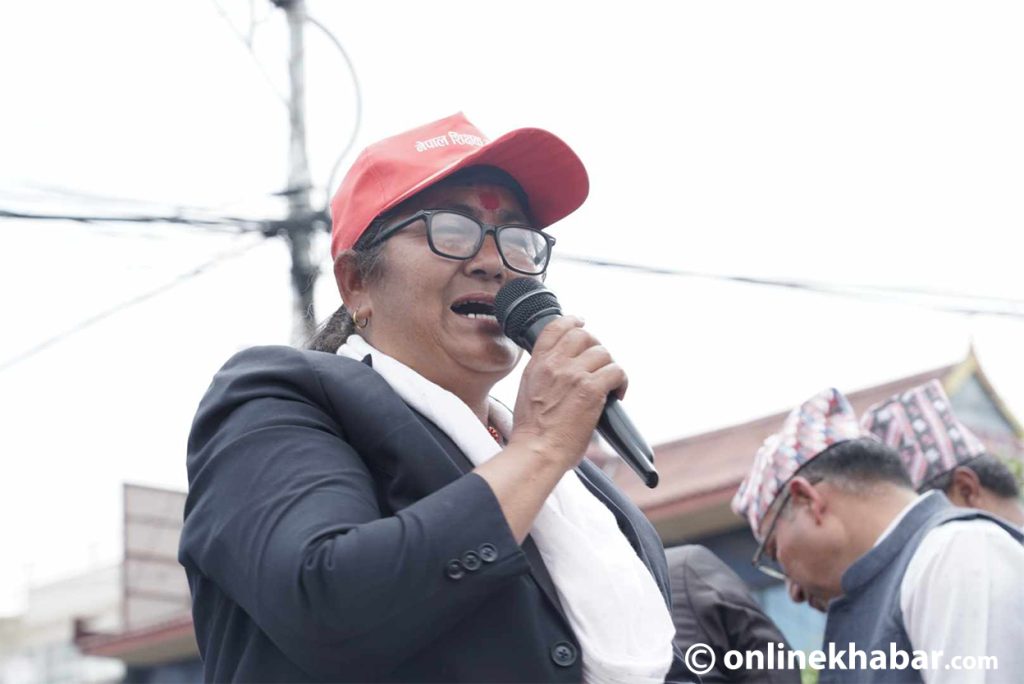 Kathmandu, April 23
Kathmandu, April 23
Exactly a decade ago, a popular movement brought a tyrannical monarchy to its knees in Nepal.
The movement achieved success due to an overwhelming participation of Nepali peoples in response to an appeal from the Seven-Party Alliance and the Maoist party, which had kickstarted a series of protests after the king sacked an elected prime minister and grabbed state powers.
After the royal takeover, the seven parties hit the streets and their movement got a boost when the Maoist party joined in. Under the mediation of new Delhi, the seven parties and the Maoists signed a 12-point understanding and spearheaded a movement that ended with the king announcing the handover of power to the people.
In that movement, 25 people had lost their lives, while several people sustained injuries.
The uprising is significant also because it brought the Maoist party into the peace process.
Ten years into the movement that consigned a tyrannical monarchy to pages of history, many of the people’s expectations remain unfulfilled. The promulgation of a constitution through a popularly-elected Constituent Assembly is remarkable. On the downside, the charter has fanned flames of discontent in Nepal’s southern plains.
Secularism and federalism are some of the key achievements of the decade. Despite these achievements, the new political order has not been able to make much difference in the lives of commoners, who, of late, are grappling with the cumulative effect of earthquakes, the blockade and black marketing.



















